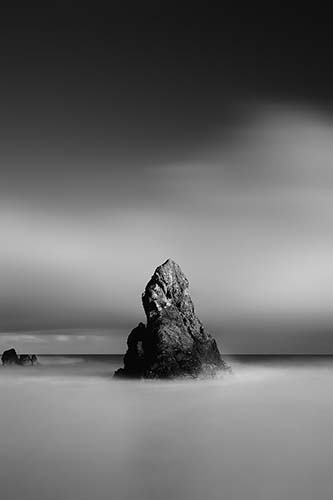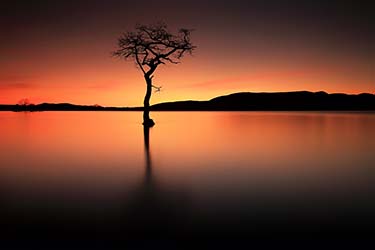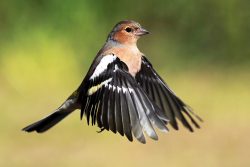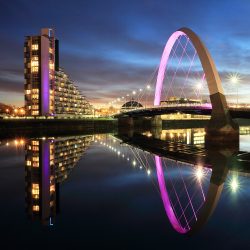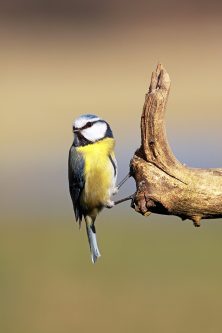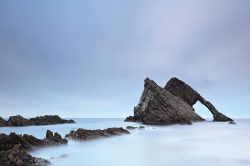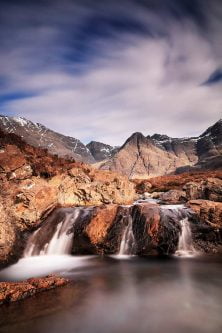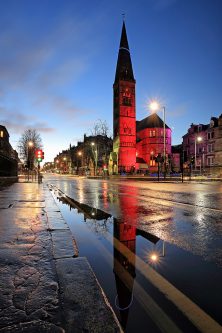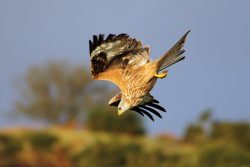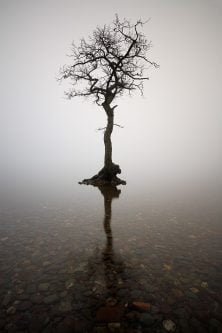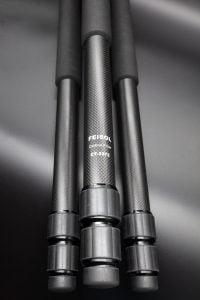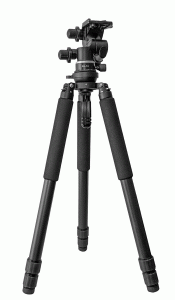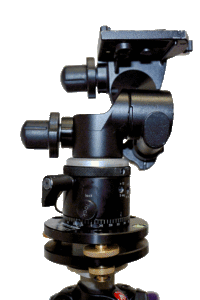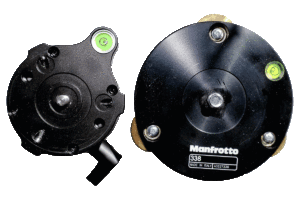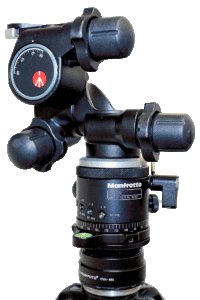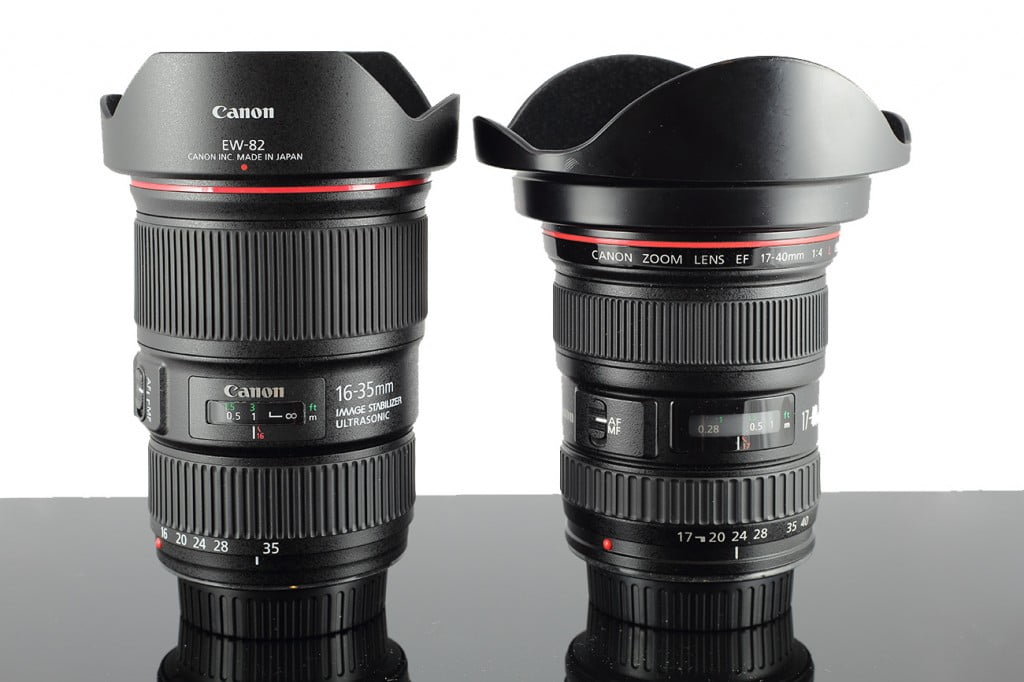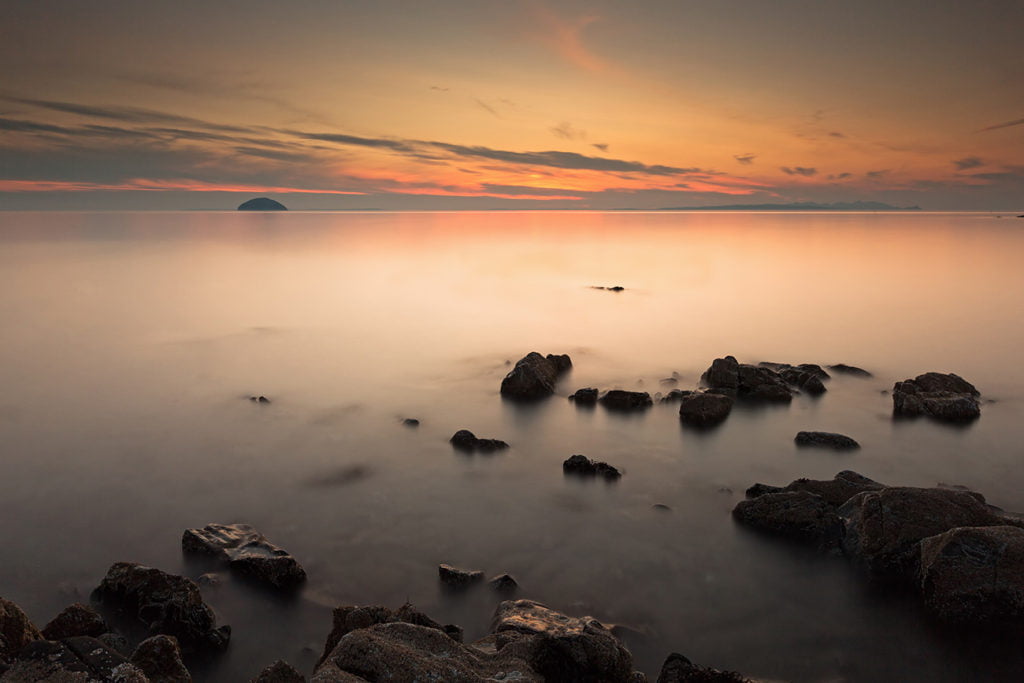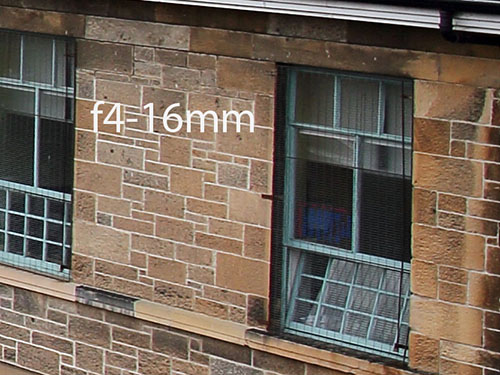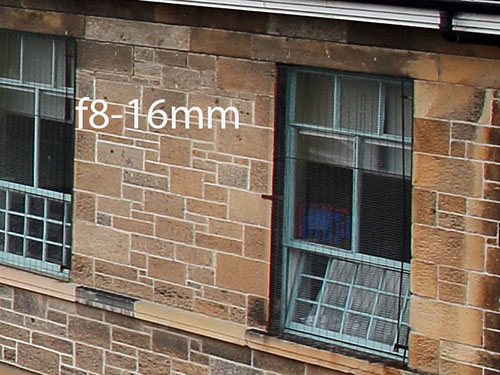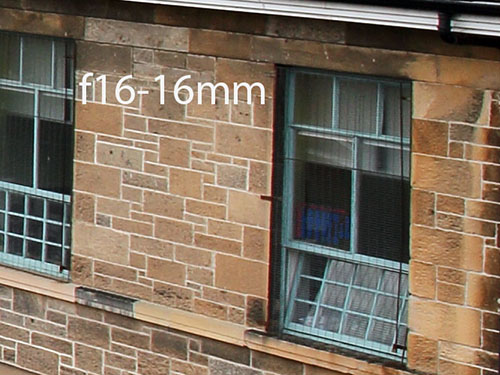Feisol Elite 3372 Mark 2 Tripod
I have been using this tripod since 2017 and must say it is the best tripod I have used compared to my previous three-legged friends.
My Manfrotto 190XPRO3 Tripod had to be replaced because of corrosion around the leg locks and one of the leg adjusters was so badly worn the leg could only be partially splayed. Even though I tried my best to look after this tripod by cleaning it after every outing and stripping it down for a thorough clean when used in sand and saltwater, it wasn’t enough to prevent the ultimate demise of this tripod.
I really did not want to purchase another 190XPRO3 or indeed, any Manfrotto tripod! After having owned three of them, they have more or less all ended up in the same condition as the 190xpro3. I, therefore, decided I needed a more robust tripod and one that was impervious to sand and saltwater but also sturdy and not too heavy. I also did not want a tripod with a center column as I find them to be pretty much useless as I never used them and they only add more weight and prevent you from getting really low angle shots.
After many comparisons with various tripod manufacturers and reviews, I found the ideal tripod for me was the Feisol Elite 3372 Mark 2 carbon fiber. This is a chunky tripod but remarkably lightweight; at 1.7kg, it extends to 1.49m and can be purchased with an additional short or long center column if required.
I find it to be extremely high quality and a pleasure to use, it is so simple now to get the height and angle adjusted easily using the twist leg locks and leg angle clips, and of course, it is steady as a rock. I have since acquired the Feisol leveling base LB-7572 and panning base PB-70 (I exchanged the PB-90 for the PB-70 as I could not get full elevation tilt with my Manfrotto junior geared head and now leveling and making panoramic images is easier than ever.
I also love the foam around the three legs which makes it very comfortable to carry, especially in freezing conditions.
The only inconsequential negative so far is that I lost one of the rubber feet while the tripod was among rocks and water. The feet are easy to replace, and Feisol also sells screw-in metal feet and others if required. More information and specifications for the tripod are below, taken from Feisol’s website
Features of the CT-3372 Rapid include
– Constructed of top-quality carbon fiber and high grade, CNC-milled 6061 T6 solid block aluminum.
– FEISOL’s new Rapid anti-leg-rotation technology.
– A load capacity of 30 kg (66 lb).
– Remarkably lightweight construction, just 1.75 kg (3.86 lb).
– Maximum height of 149 cm (58.88 in), more with the optional center column.
– Maximum leg tube diameter of 37 mm (1.46 in).
– Base diameter of 90 mm (3.5 in).
– Our CNC-milled low angle ball head mount is multi-layered to withstand the most punishing conditions.
– An attractive tripod bag is included.
Rapid Technology | Tripods and Monopods featuring this symbol are equipped with FEISOL’s Rapid System which prevents leg sections from rotating while the Tripod / Monopod is being set up. Benefits of this innovative technology include: ► Ultra-Fast and Effortless Setup and Breakdown |
180° Flip-Legs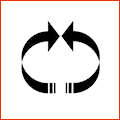 | Tripods featuring this symbol can be reverse-folded over installed FEISOL ball heads, making the setup extremely compact for transport and storage without having to remove the ball head. Benefits include: ► Fits in Carry-on or Backpack |
Water Resistant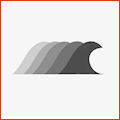 | Tripods and Monopods featuring this symbol are suited for use in saltwater environments. FEISOL Tripods and Monopods are crafted of superb Carbon and anodized Aluminum, earning them a solid reputation for superior performance in punishing saltwater. Benefits include: ► Exceptional Longevity |
| Base Diameter | 9.00 cm / 3.50 in |
|---|---|
| Folded Length | 0.63 m / 24.80 in |
| Maximum Extended Height | 2.03 m / 79.92 in |
| Maximum Height | 1.49 m / 58.88 in |
| Maximum Load Capacity | 30.00 kg / 66.00 lb |
| Minimum Height | 10.50 cm / 4.13 in |
| Weight | 1.75 kg / 3.86 lb |
| Weight Including Center Column | 2.14 kg / 4.71 lb |

